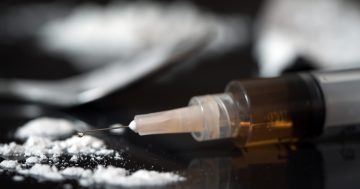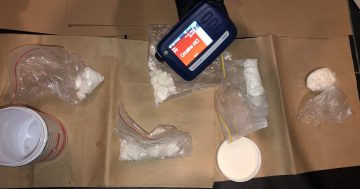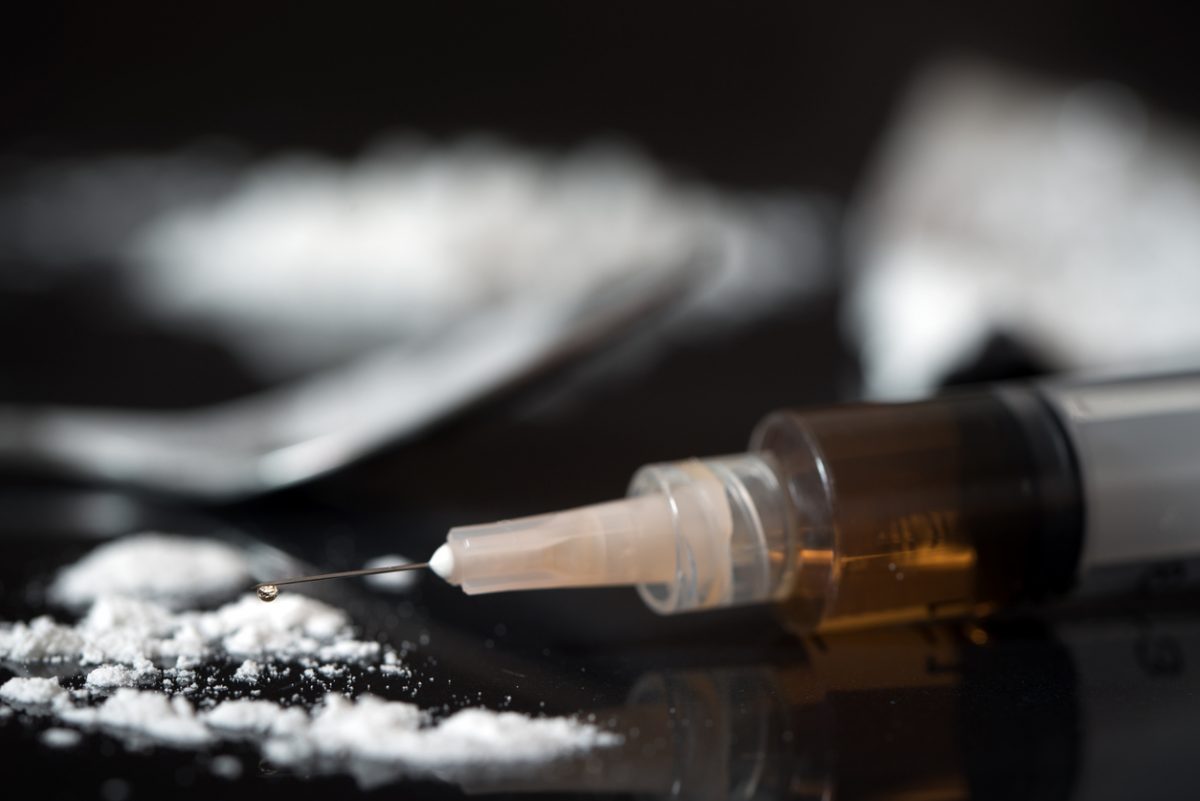
About 22 tonnes of the four major substances were consumed nationally. NSW topped the charts with more than 7000 kg, while Canberra accounted for about 300 kg. Photo: Kenishirotie.
Australians used record amounts of methamphetamine, heroin, cocaine and MDMA in 2024. The nation’s annual wastewater survey revealed the spikes in usage.
About 22 tonnes of the four major substances were consumed nationally, with NSW topping the charts with more than 7000 kg, while Canberra consumed about 300 kg.
The annual wastewater survey was started by the Australian Criminal Intelligence Commission in 2016. It is one of the most reliable means of measuring drug usage, covering 57 per cent of Australian houses, or about 14.5 million people.
In addition to meth, heroin, cocaine and MDMA, the survey covers cannabis, nicotine, opioids, amphetamines, ketamine, and alcohol.
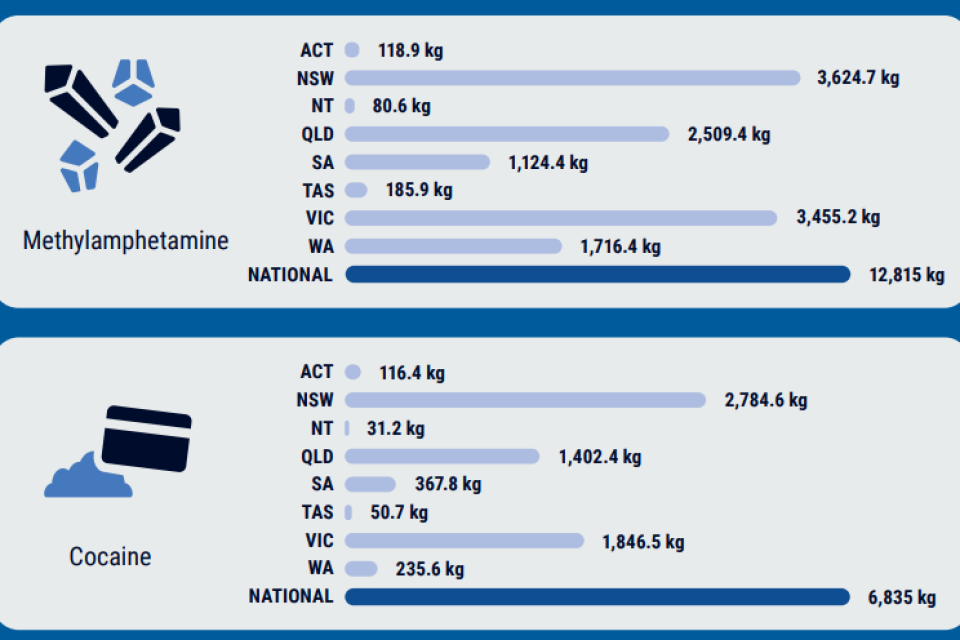
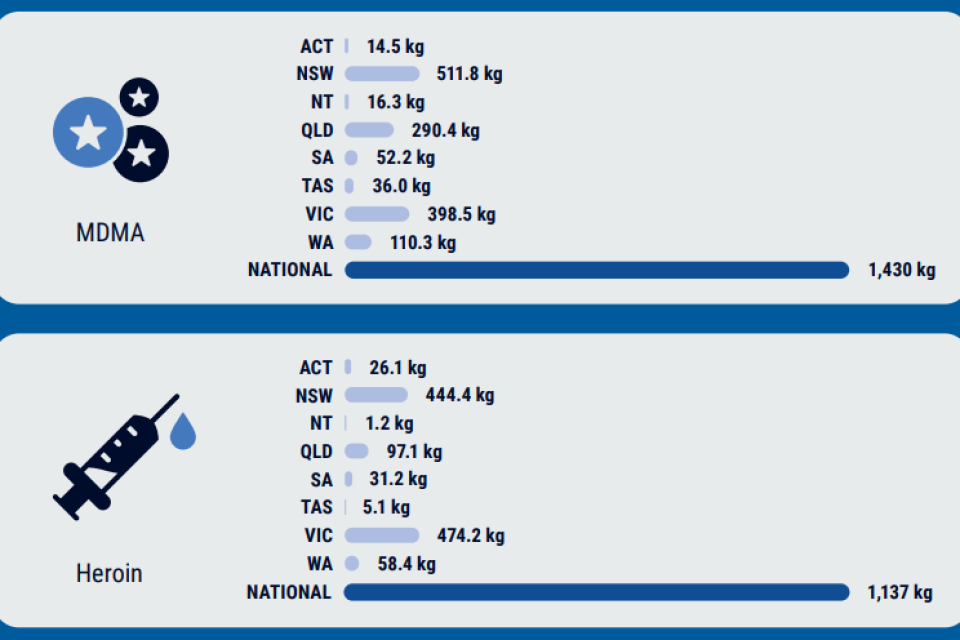
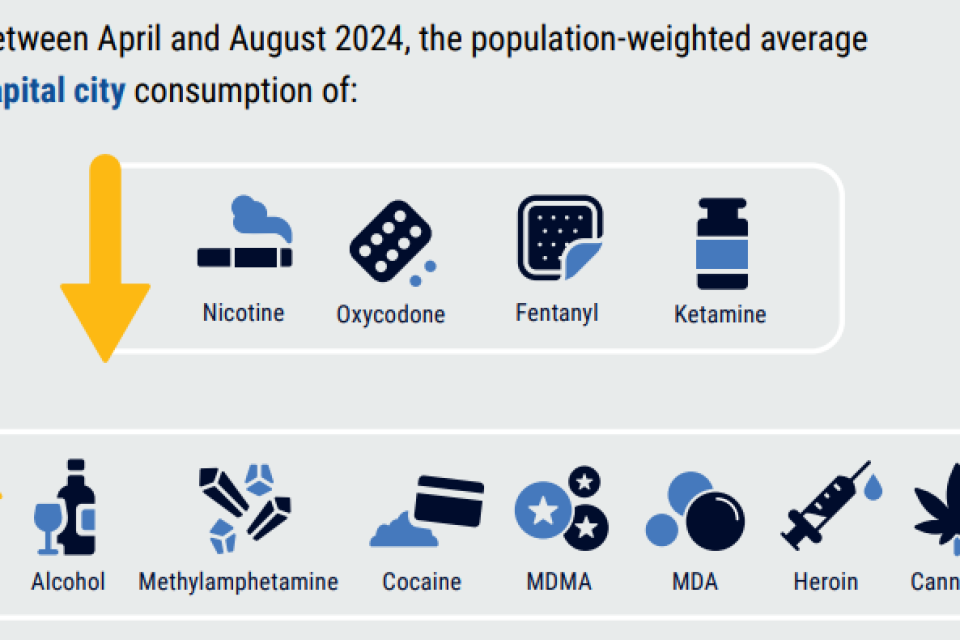
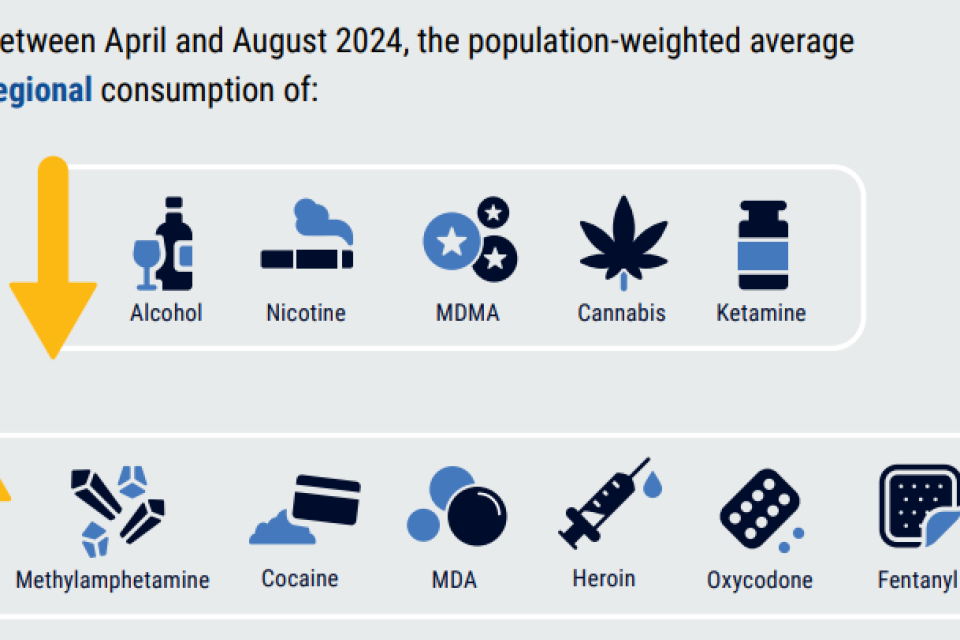
ACIC principal drugs specialist Shane Neilson said there had been major changes to international drug consumption since the COVID-19 pandemic.
“What’s been seen nationally, there’s record production and cultivation of illicit drugs globally, and so there’s a lot of products being transported around the world, including, unfortunately, to Australia,” he said.
This increase in drugs in the country is so large it is impacting the ground-level price of some illicit substances.
Of the four major illicit drugs, despite increases in consumption, profits are thought to have declined by $900 million to $11.5 billion.
According to Mr Neilson, there’s a simple reason for this.
“That might look like good news, but what it means is the supply of the major drugs has increased, particularly methamphetamine, and what that has done is reduced the price at street level for the drug and therefore in a macro sense they’re cheaper.”
At a local level, Canberra had below-average usage in most measurements; however, the Territory was above the national average for cannabis, heroin, and oxycodone.
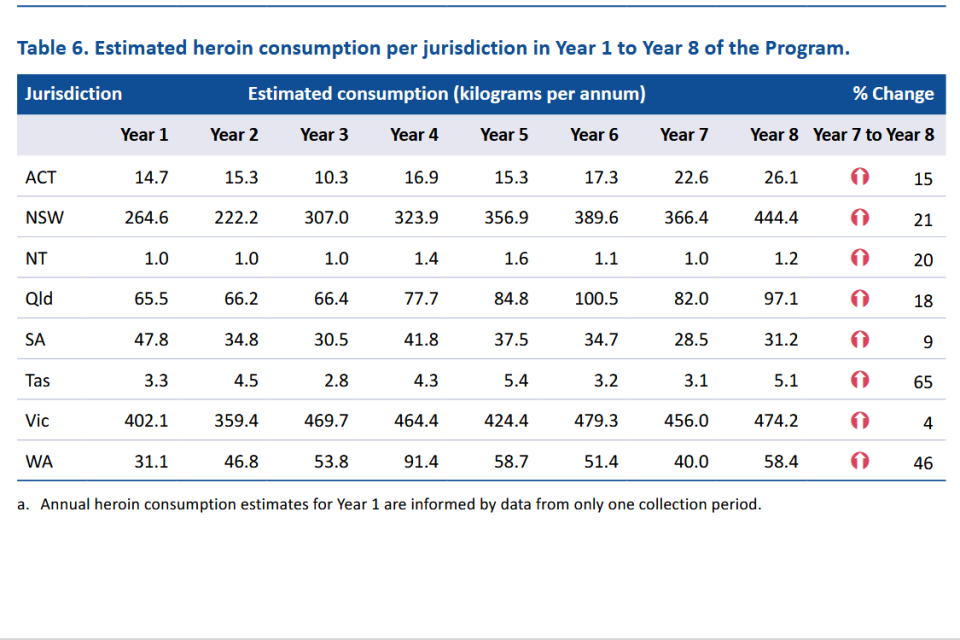
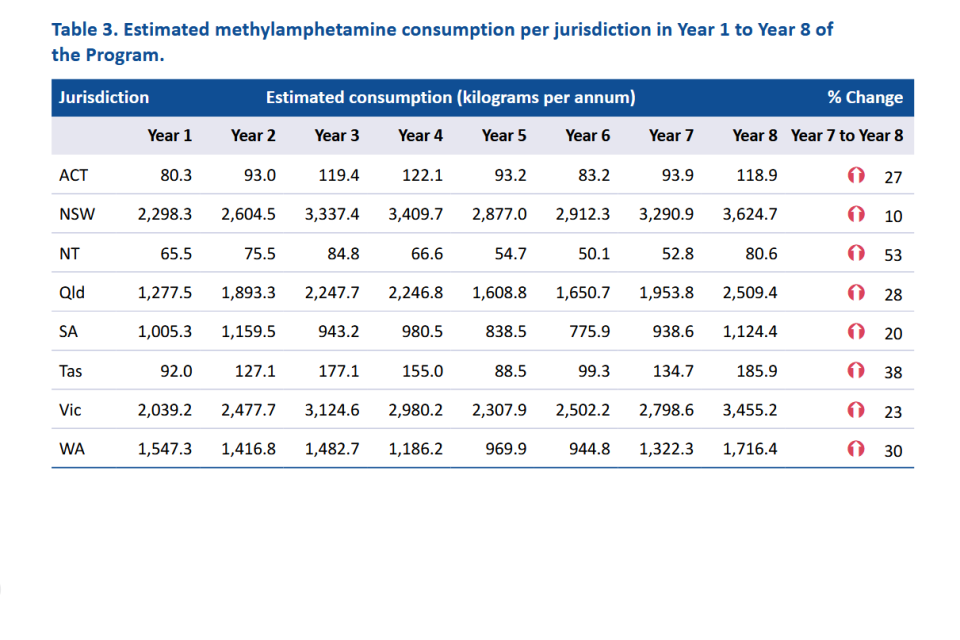
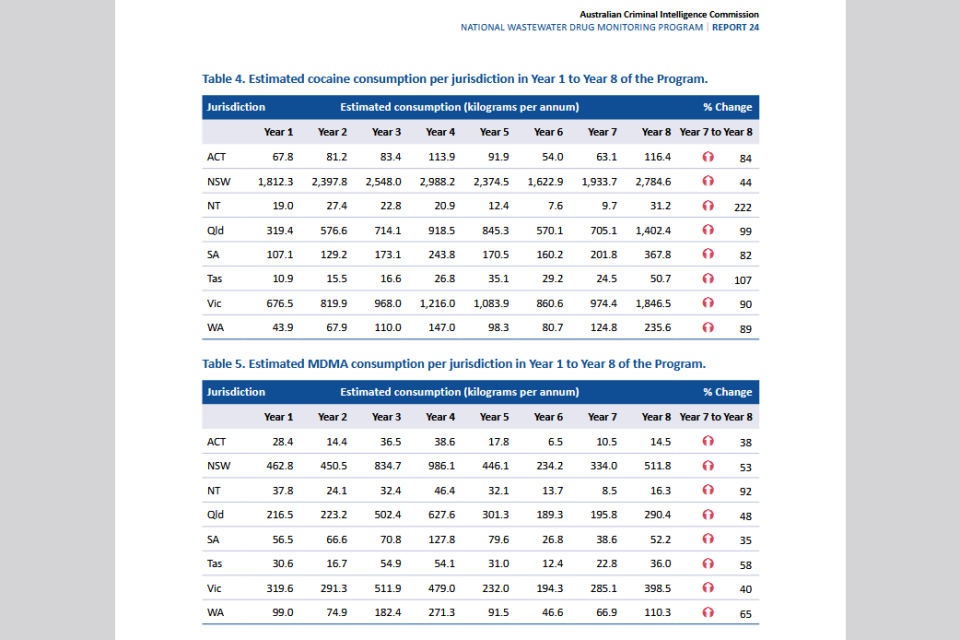
One of the most notable increases has been Australia’s growing use of cocaine. In June, the country was named the world’s biggest user of the drug per capita by a UN report.
The drug has become increasingly popular in recent years. The ACT saw an 84 per cent jump in usage from 2023 to 2024, while NSW, the world’s leader in consumption according to the UN, saw the country’s lowest at 44 per cent.
Both were exceeded by a wide margin by the Northern Territory, which recorded a staggering 222 per cent jump.
This is despite growing numbers of record busts. Last December, 2.4 tonnes of cocaine were seized. That accounts for almost a third of the annual average consumption of the entire country.
ACIC said the nation was seeing larger, more frequent drug-smuggling operations. According to the commission’s report, smuggling is so prevalent that there are some substances where the amount seized is more than the amount consumed each year.
Mr Neilson said this was partly because of how profitable the Australian drug market was.
“There are a couple of factors here,” he said. ”Number one in per capita terms, Australians consume illicit drugs, particularly illicit stimulants, at a very high level. Secondly, for the major illicit drugs, Australian drug users pay premium prices in world terms.
“If you’ve got, per capita, reasonably high levels of people contributing to demand and high prices, what you’re doing is just establishing a very profitable market for organised crime groups.”
This profitability means the illicit drug trade in Australia is unlikely to slow down.
The ACIC report highlights that increasingly complex manufacturing and smuggling rings are likely to increase as an issue.
Despite ongoing efforts to stem the tide of illicit substances, the survey concluded that Australia is unlikely to see decreased usage of drugs in the coming years.
“Demand for the major drugs is resilient and difficult to address,” it said. ”This will continue while Australian drug users choose to consume these substances and to pay premium prices in world terms for the drugs.”












